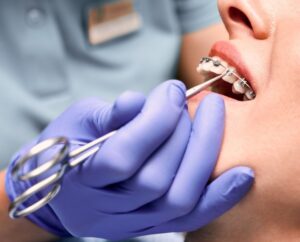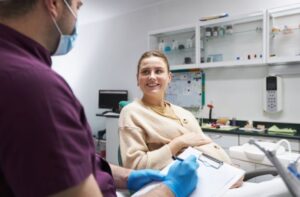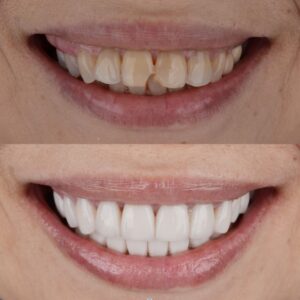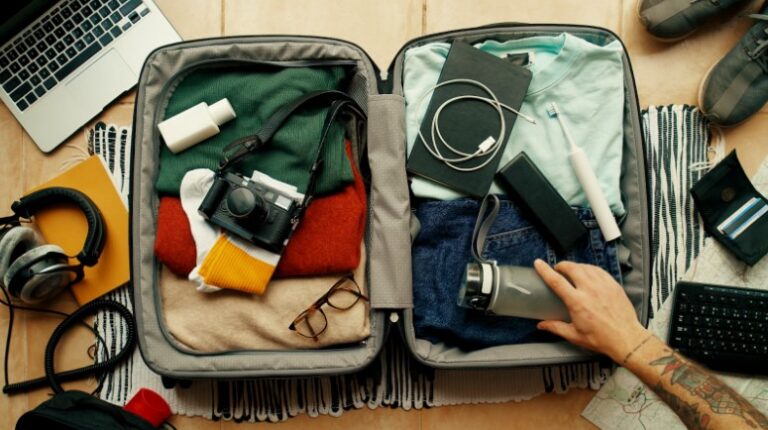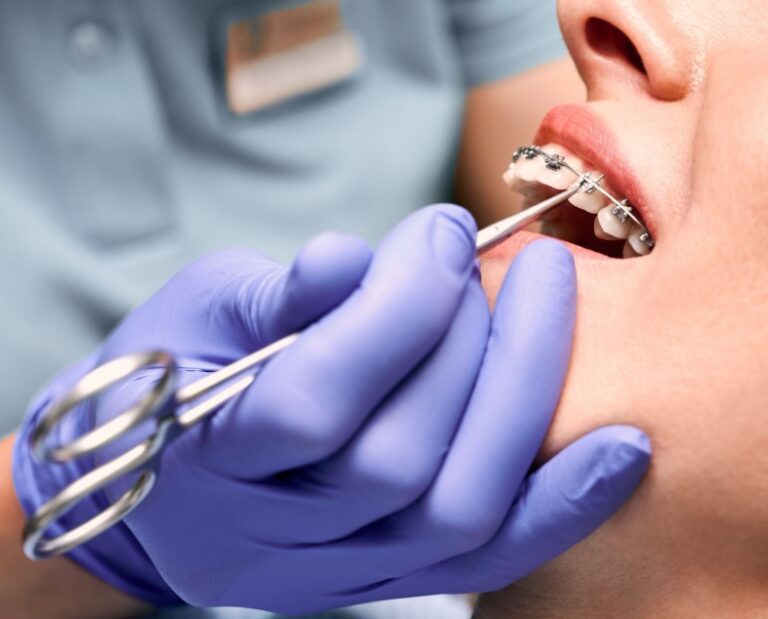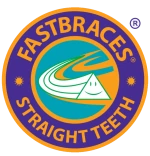Dental emergencies can occur suddenly and unexpectedly, causing pain and distress. When faced with a dental emergency, it’s crucial to stay calm, assess the situation, and take immediate action to minimize damage and ensure the best possible outcome for your oral health. In this blog post, we will delve deeper into various dental emergencies and provide you with step-by-step instructions on what to do in urgent situations.
First, stay calm and assess the situation. Remaining calm is the first and most important step during a dental emergency. Take a deep breath and assess the severity of the problem. Determine if it requires immediate attention or if temporary self-care measures can be taken until you can see your dentist.
As soon as you’ve assessed the situation, contact your dentist immediately. Explain the nature of the dental emergency and provide as much detail as possible. Here at Burnaby Heights Dental Centre, we have protocols in place for handling emergencies and will guide you on the next steps, such as scheduling an immediate appointment.
Toothaches:
Severe toothaches can be caused by various factors, such as tooth decay, infection, or a dental abscess. Rinse your mouth with warm saltwater to alleviate debris or bacteria causing the pain. Use dental floss, or even better your largest interdental brush, to gently remove any food particles lodged between your teeth. Avoid placing aspirin directly on the gums or tooth, as this can cause chemical burns. Over-the-counter pain relievers may provide temporary relief until you can come see us.
Knocked-Out Tooth:
A knocked-out tooth requires immediate attention to increase the chances of saving it. Carefully pick up the tooth by the crown (avoid touching the root), gently rinse it with water to remove any dirt or debris, and try to reinsert it into the socket, or just keep it under your tongue. If reinsertion isn’t possible, place the tooth in a clean container filled with milk or a tooth preservation kit. It’s crucial to visit your dentist within the first hour, as the chances of successful reimplantation decrease with time.
Broken or Chipped Tooth:
If a tooth is broken or chipped, rinse your mouth with warm water to remove any debris. If there’s bleeding, apply gentle pressure with a clean piece of gauze or a tea bag to control it. Use a cold compress on the affected area to reduce swelling. Preserve any broken tooth fragments and bring them with you to the dentist. Your dentist will evaluate the extent of the damage and recommend the appropriate treatment, such as dental bonding, a crown, or veneers.
Dislodged Dental Restoration:
If a filling, crown, or dental bridge becomes loose or falls out, carefully clean the restoration and try to place it back onto the tooth temporarily using dental cement or toothpaste. This is a temporary solution, and you should visit your dentist promptly to have it properly reattached or replaced. Leaving a dislodged restoration untreated can lead to tooth sensitivity, further damage, or infection.
Soft Tissue Injuries:
Injuries to the lips, tongue, cheeks, or gums can cause significant bleeding. Rinse your mouth with warm saltwater to clean the area and control bleeding. Apply gentle pressure using a clean piece of gauze or a tea bag. If bleeding persists or the injury is severe, visit us at Burnaby Heights Dental Centre or the nearest emergency room for immediate attention.
When faced with a dental emergency, acting promptly and knowing what to do can make a significant difference in preserving your oral health. Remember to stay calm, contact your dentist immediately, and follow the recommended steps based on the specific emergency. By taking quick action and seeking professional dental care, you can alleviate pain, minimize damage, and ensure the best possible outcome for your dental well-being.





